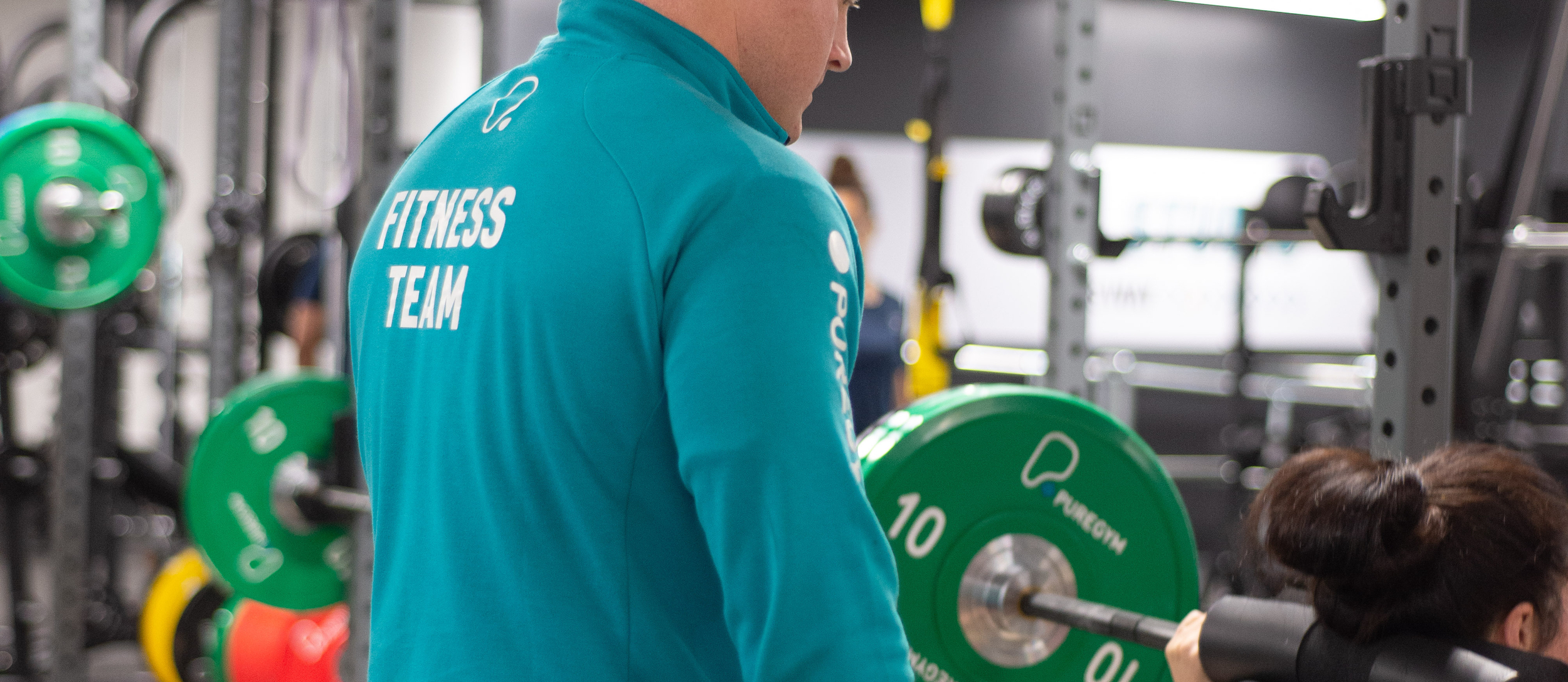The fitness industry has always been full of trends and fads, with new training methods and workout programs popping up regularly. From aerobics in the ’80s to Zumba, hot yoga, and high-intensity interval training (HIIT), countless fitness crazes have captured our attention over the years. While many of these trends have had their moment in the spotlight, few stand the test of time.
Strength training, however, is the exception. Unlike other methods that fade in popularity, lifting weights and building muscle has remained a cornerstone of fitness. Whether you’re an elite athlete, a weekend warrior, or someone looking to improve your health, strength training is universally recognized as essential.
So, why has strength training stood the test of time, and why will it never go out of fashion? Let’s explore its benefits for health, body composition, and overall well-being.
The Timeless Benefits of Strength Training
1. Functional Fitness for Everyday Life
Strength training goes beyond aesthetics—it enhances how you move and function in daily life. Lifting weights improves your ability to perform everyday tasks like carrying groceries, climbing stairs, and lifting heavy objects. By building stronger muscles, you reduce the strain on your joints and bones, making activities easier and safer.
• Real-Life Applications: Squats mimic the motion of standing up from a chair, deadlifts prepare you to lift objects from the ground, and overhead presses help you reach high shelves.
• Long-Term Benefits: Strength training is particularly valuable as we age, helping to maintain mobility and independence.
2. Adaptable for All Ages and Fitness Levels
Unlike some fitness trends that cater to specific demographics, strength training is for everyone. Whether you’re a teenager, a busy professional, or a senior citizen, you can tailor a strength training program to suit your needs and goals.
• For Beginners: Start with bodyweight exercises or light resistance bands to build confidence and learn proper form.
• For Advanced Lifters: Incorporate progressive overload, compound movements, and advanced techniques like supersets or tempo training.
• For Older Adults: Strength training combats age-related muscle loss (sarcopenia), improves balance, and reduces the risk of falls.
Strength Training and Health

1. Bone Health
Strength training is one of the most effective ways to improve bone density and reduce the risk of osteoporosis. When you lift weights, your bones adapt by becoming stronger, just like your muscles. This is particularly important for women, who are at a higher risk of bone density loss as they age.
• Scientific Backing: Studies show that resistance training increases bone mineral density and reduces fracture risk, especially in postmenopausal women.
2. Cardiovascular Health
While cardio exercises like running and cycling are often associated with heart health, strength training also plays a significant role. Resistance training improves cardiovascular health by:
• Reducing resting blood pressure
• Improving cholesterol profiles
• Enhancing circulation
Regular strength training has even been shown to reduce the risk of heart disease and stroke.
3. Blood Sugar Regulation
Strength training helps regulate blood sugar levels by increasing muscle mass, which improves insulin sensitivity. This makes it an excellent tool for managing and preventing type 2 diabetes.
Body Composition and Aesthetic Benefits
1. Building Lean Muscle
Strength training is the most effective way to build and maintain lean muscle mass. Muscle not only gives your body a toned and sculpted appearance but also boosts your metabolism.
• Higher Metabolic Rate: Muscle tissue burns more calories at rest compared to fat, meaning the more muscle you have, the more calories your body burns throughout the day.
• Fat Loss: Strength training helps create a favourable body composition by reducing fat and increasing muscle.
2. Sustainable Weight Loss
Unlike crash diets or cardio-only regimens, strength training promotes sustainable weight loss. By building muscle, you create a body that continues to burn calories even when you’re not working out.
• No “Skinny Fat”: Strength training ensures that weight loss includes fat, not muscle, preventing the “skinny fat” look often associated with dieting alone.
Mental and Emotional Benefits
1. Boosting Confidence
There’s nothing quite like the feeling of lifting heavier weights or mastering a new movement. Strength training builds confidence by helping you set and achieve tangible goals.
• Empowerment: Whether it’s hitting a personal best or simply feeling stronger in daily life, strength training empowers individuals to believe in their abilities.
2. Reducing Stress
Strength training is an excellent way to relieve stress and boost your mood. The act of lifting weights releases endorphins, the body’s natural “feel-good” chemicals, which can help combat anxiety and depression.
• Mind-Body Connection: The focus required during strength training can also serve as a form of mindfulness, keeping you present in the moment.
Why Strength Training Outlasts Trends

1. Proven Results
Strength training is backed by decades of research highlighting its physical, mental, and emotional benefits. Unlike some fitness fads, it’s not a gimmick—it delivers real, measurable results.
• Scientific Validation: Numerous studies confirm that resistance training improves health, longevity, and quality of life.
• Consistency Pays Off: Unlike trends that promise quick fixes, strength training rewards long-term commitment.
2. Accessibility
Strength training is one of the most versatile forms of exercise, requiring minimal equipment to get started. Whether you have access to a fully equipped gym or just a set of dumbbells at home, you can design a program that works for you.
• Bodyweight Options: Push-ups, squats, and planks require no equipment and can be done anywhere.
• Scalability: As you grow stronger, you can increase resistance, reps, or intensity to continue progressing.
3. Universal Appeal
Strength training isn’t tied to a single demographic or fitness trend. Its benefits are universal, making it a staple for athletes, seniors, and everyone in between.
• Cultural Shifts: As more people recognize the importance of functional fitness, strength training has become a foundation for nearly all sports and physical activities.
Strength Training in the Modern Era
The popularity of strength training has only grown in recent years, fueled by social media, wearable technology, and scientific advancements. Modern tools like fitness apps, smart gym equipment, and virtual coaching have made strength training more accessible and appealing than ever.
Emerging Trends in Strength Training
• Hybrid Training: Combining strength with cardio or HIIT for well-rounded fitness.
• Focus on Recovery: Foam rolling, stretching, and mobility work complement strength programs.
• Inclusivity: More gyms and trainers are promoting strength training for women and older adults, breaking down stereotypes.
Conclusion
In a fitness world full of trends that come and go, strength training remains a constant. Its ability to improve functional fitness, enhance body composition, and support long-term health makes it irreplaceable. While other methods may have their moment in the spotlight, strength training’s proven benefits ensure it will never go out of fashion.
Whether you’re lifting heavy in a gym or doing bodyweight exercises at home, strength training empowers you to build a stronger, healthier, and more resilient body. As fitness evolves, one thing is certain: strength training will always be the foundation of physical fitness and well-being.











